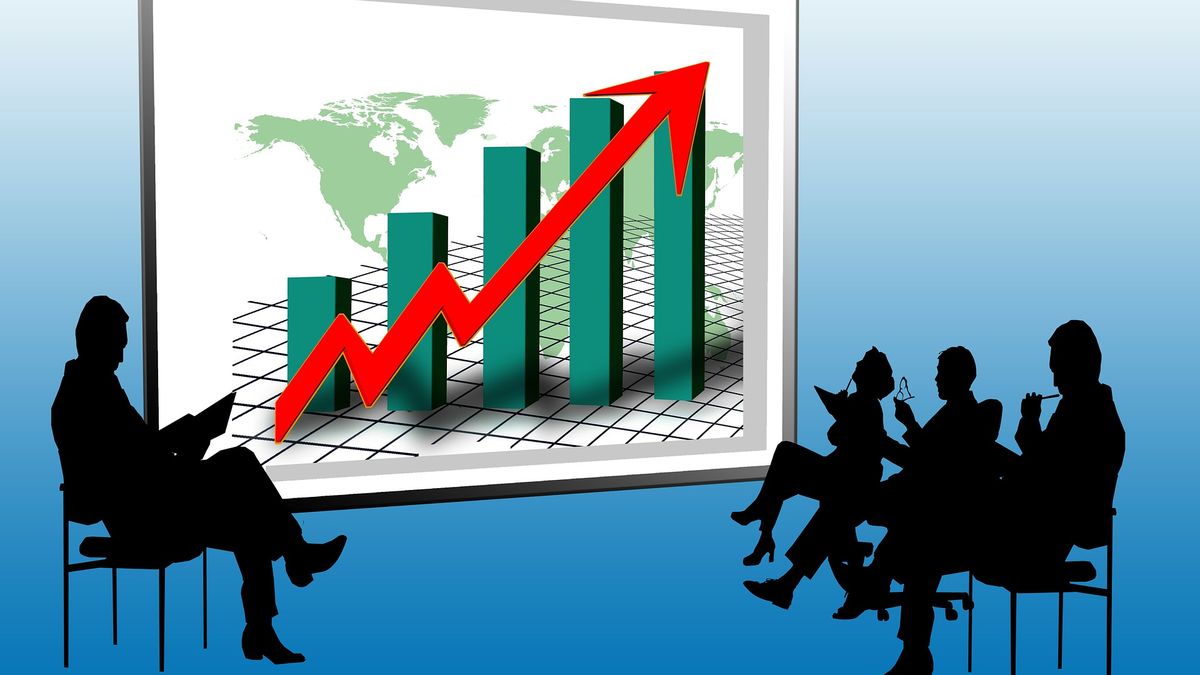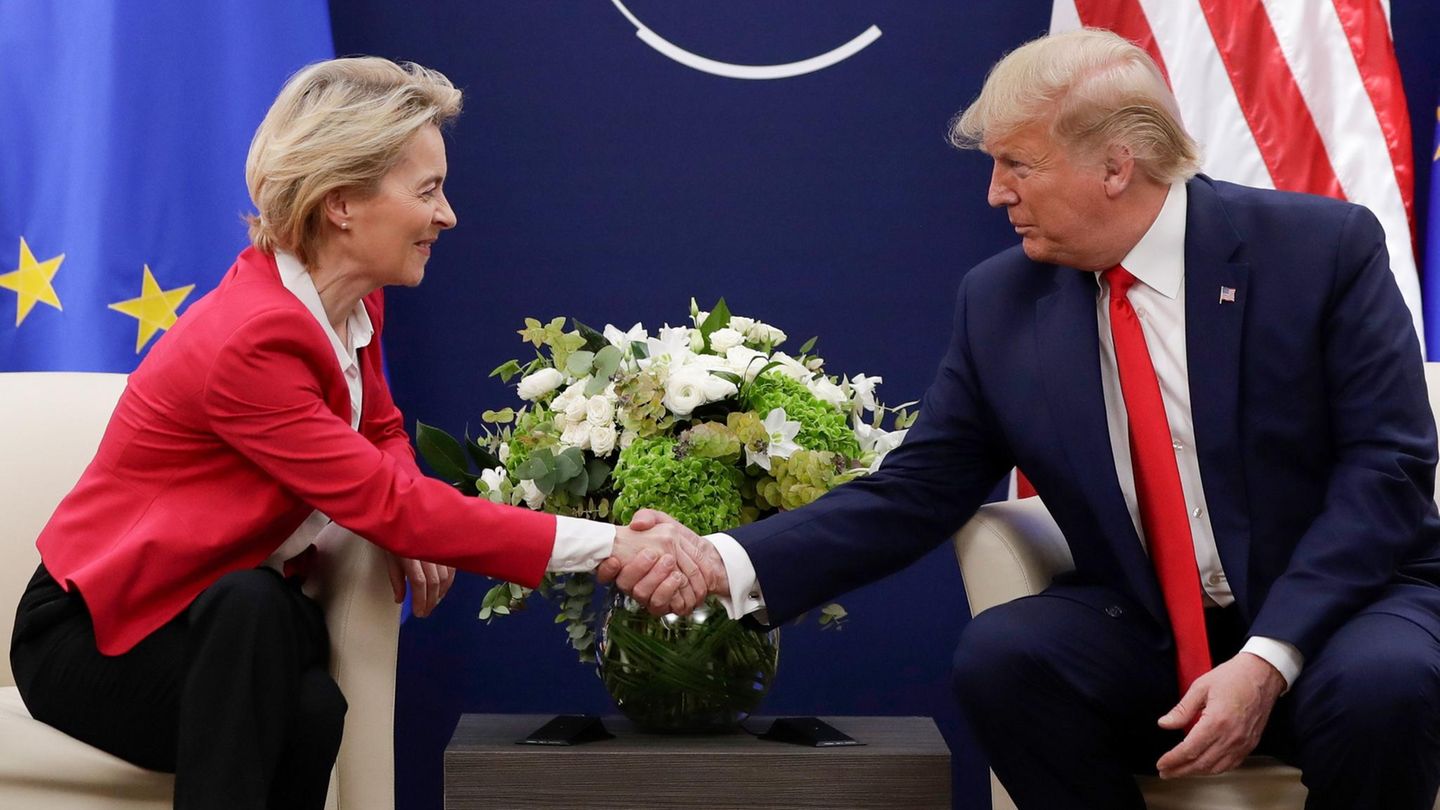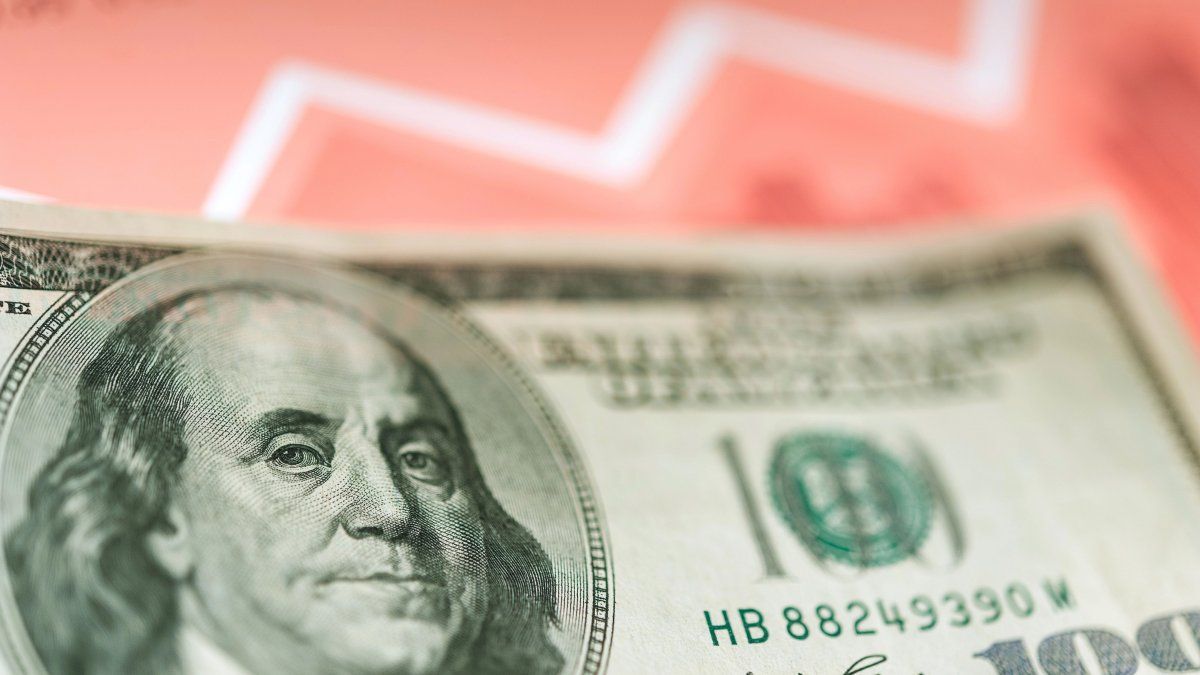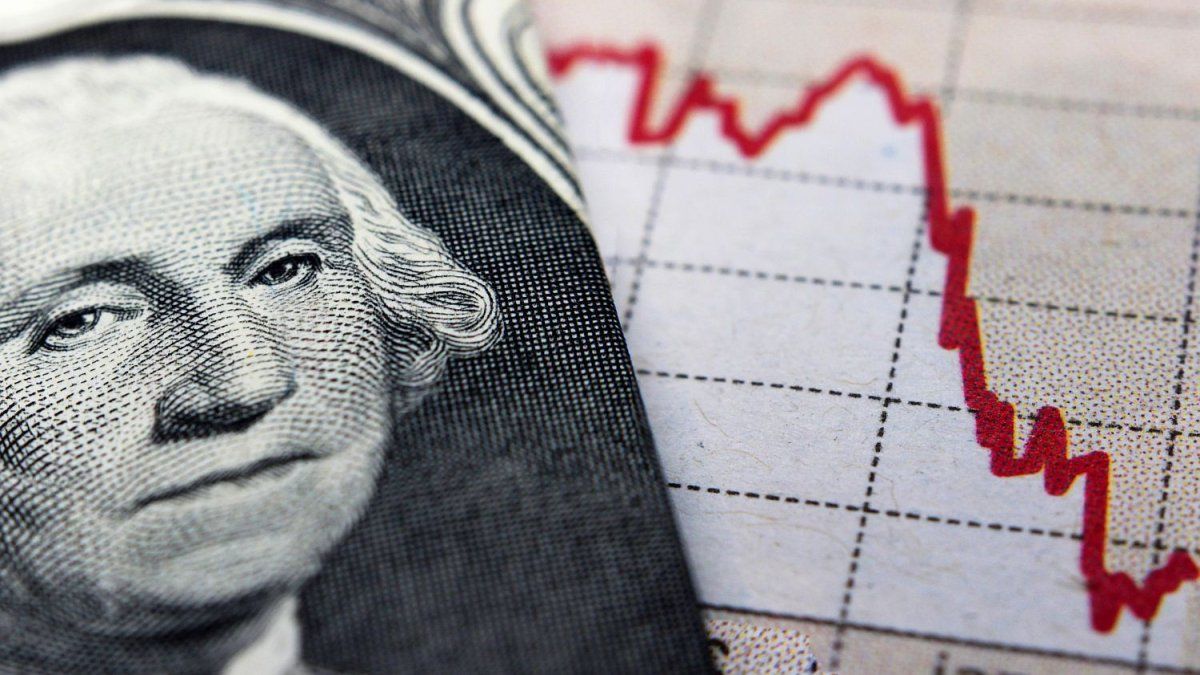In most cases, the effects of inflation are less dramatic, but no less important. Long-term inflation expectations may lead central banks to raise interest rates, leading to higher savings rates; on the other hand, bond prices would fall (along with the value of his pension), he diagnosed.
“Our analysis assigns a probability of one in three that the central scenario after the Covid-19 crisis will be characterized by low inflation and that we have dubbed” Return to the new normal, “” he added.
In other words, once the pandemic is behind us, we believe that the long-term trends that have shaped the world economy over the past decade – slow growth, modest inflation, and low interest rates – will reassert themselves.
All studies conducted on previous periods of inflation indicate that there are three conditions that must be met before an economy can move to a new regime of higher inflation. These are the following:
-
An economy must be characterized by a sustained period of excess demand. This may come from a large and abrupt reduction in production, or a similar increase in demand. But, in any case, the demand for goods and services must be systematically higher than the productive potential of the economy.
-
Inflation expectations must be de-anchored, So people don’t dismiss price increases as temporary, but start to incorporate permanently higher inflation into their decision-making. In this way, a circle of increasing prices is created.
-
Central banks should stop setting policy according to the Taylor principle. This principle requires a central bank, in the medium term, to raise nominal interest rates more than would be appropriate on the basis of a one-to-one increase in response to any increase in inflation. This ensures that real rates do not decline in response to a rise in inflation (something that would further relax monetary conditions and likely lead to an even faster rise in prices).
So far, these three conditions remain unfulfilled.
“We see commodity prices have weakened since the beginning of this year, partly reflecting negative investor sentiment as the more contagious Delta variant of Covid-19 spreads. Oil prices have also been spreading. set back, in part by the expectations of cooling of the Chinese economy “, analyzed the economist.
“So we feel more confident in our view that commodities are not entering another generalized supercycle of sustained price increases, but are following a typical trajectory in the midst of a cyclical economic recovery. This is so with a few exceptions. For example, copper prices have a number of long-term structural factors, “he said.
Meanwhile, the short-term causes of inflation – supply chain shortages and transportation disruptions – “we believe will be resolved in due course.”
That said, our studies show us that “higher and consolidated inflation, although unlikely, is still a possibility. Furthermore, there is additional scope for inflation to fluctuate around a lower average level. For example, related factors With the composition of the inflation index, seasonal peculiarities and various base effects have already temporarily pushed inflation up. “
“However, we are not convinced by the arguments that the current increase in inflation is an indication of a more structural change in the forces driving world economies,” he said.
At the same time, the economist pointed out that the pandemic reinforced the long-term stagnation problems that dominated the world economy since the global financial crisis: “We expect the large output gap – the amount by which economic output falls below its peak. potential – that has been opened with the Covid-19 despite inflation “.
Finally, the economist considered that the world economy will be reduced by various structural changes. “The term structure of interest rates – the relationship between interest rates or bond yields and different terms or maturities – will continue to be considerably lower. Covid-19-era inflation is a hot topic, already that the increase in prices in some markets raises a debate on whether it will become a trend that is here to stay, “he concluded.
David William is a talented author who has made a name for himself in the world of writing. He is a professional author who writes on a wide range of topics, from general interest to opinion news. David is currently working as a writer at 24 hours worlds where he brings his unique perspective and in-depth research to his articles, making them both informative and engaging.




